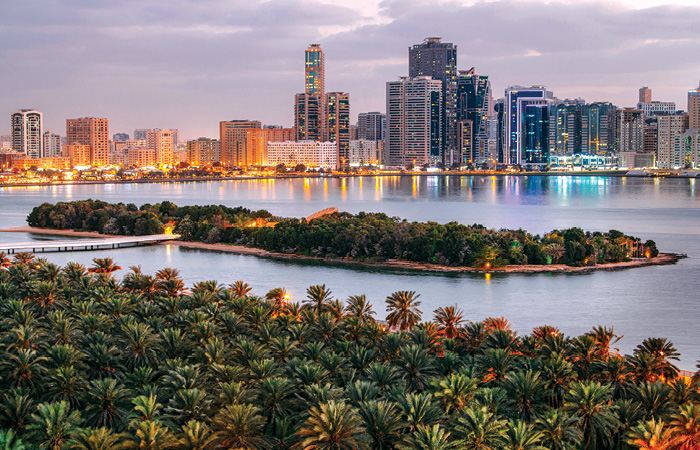‘Threat’, ‘Hidden Cost’, ‘Great Danger’; these are just a few of the words recently featured in headlines around the world, highlighting one of the main challenges facing the global tourism industry today — overtourism. Increased affordability and accessibility of international travel, rise of low-cost airlines and proliferation of digital platforms are some of the factors contributing to overtourism.
While tourism is frequently celebrated as a driver of economic growth and cultural exchange, high visitor volumes can lead to a range of environmental, social and economic challenges. These challenges undermine the very assets that make destinations attractive.
Several factors contribute to overtourism. The increased affordability and accessibility of international travel, the rise of low-cost airlines and the proliferation of digital platforms like Airbnb have all made travel easier and more affordable. Furthermore, traditional causes such as seasonality concentrate tourist numbers into peak periods, creating pressure on destinations and infrastructure. Social media content, both organic and induced, has also played a significant role in attracting visitors to destinations worldwide, increasing numbers not only to well-established tourist hotspots but also to emerging and lesser-known locations. While positive economically, there is evidence from across the world of how unsustainable numbers can create tension and detrimental impacts for people, places and the environment. For example, destinations like Italy, Venice, Barcelona, Santorini and Amsterdam have famously struggled with this phenomenon, facing daily influxes of tourists far beyond their local population sizes.
One of the major consequences of overtourism is its detrimental impact on the environment. Natural landscapes, in particular, are affected by trampling, pollution and the depletion of natural resources. For example, overtourism in Bali has resulted in its fashionable beaches, such as Kuta and Seminyak, becoming overwhelmed by litter. At the same time, local waste management systems struggle to handle the growing volume of garbage. Further evidence of overtourism’s impact can be seen in the fragile ecosystems of the Galápagos Islands and Machu Picchu, both of which have historically suffered from high visitor numbers, resulting in habitat destruction. The consequences of overtourism profoundly affect local communities, whose daily lives and cultural spaces become increasingly strained. Governments are responding to overtourism and public pressure by implementing strategies to ease the pressure of overtourism.
 TravTalk Middle East Online Magazine
TravTalk Middle East Online Magazine




